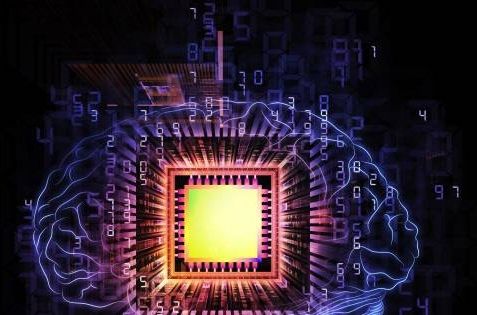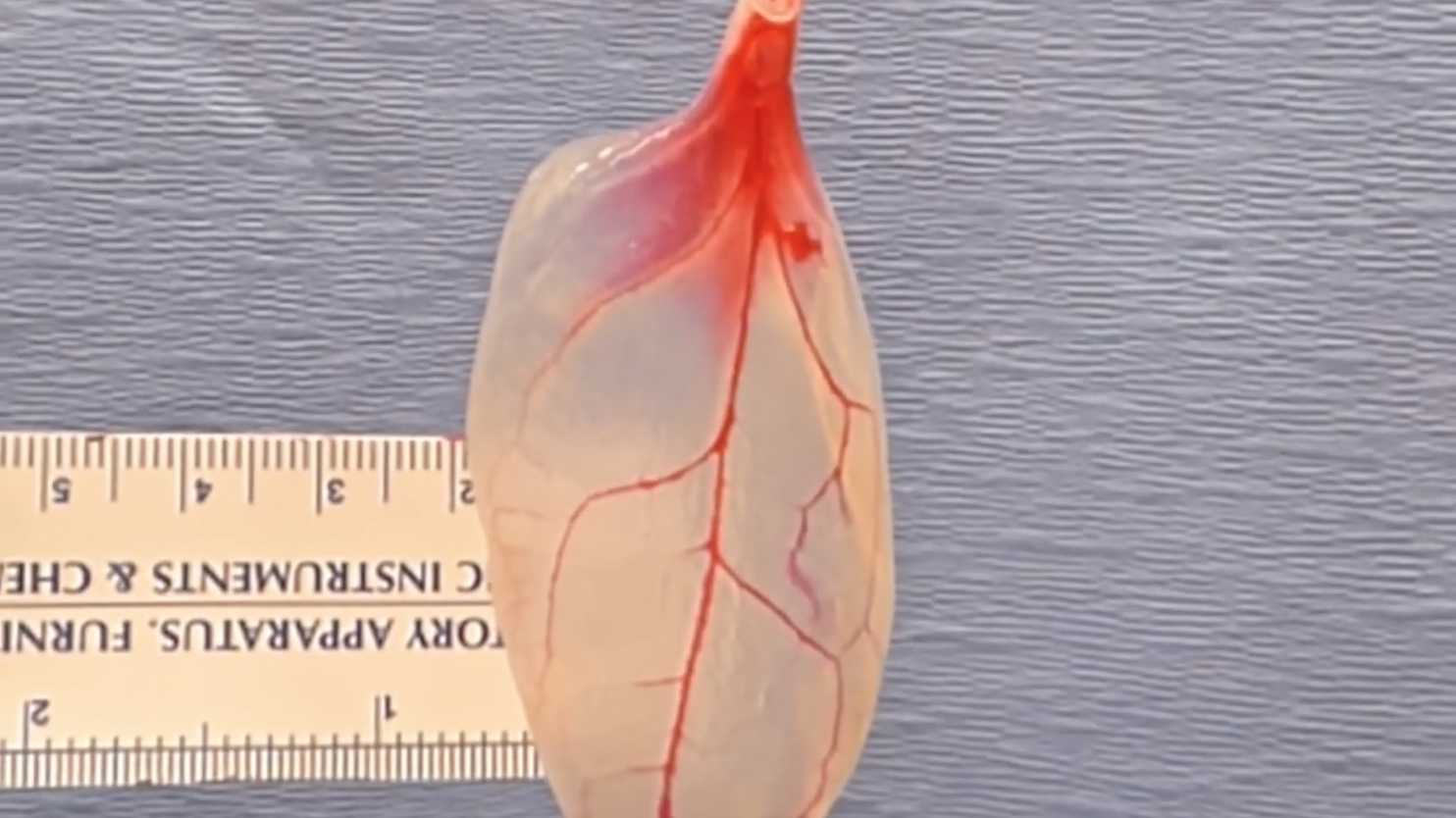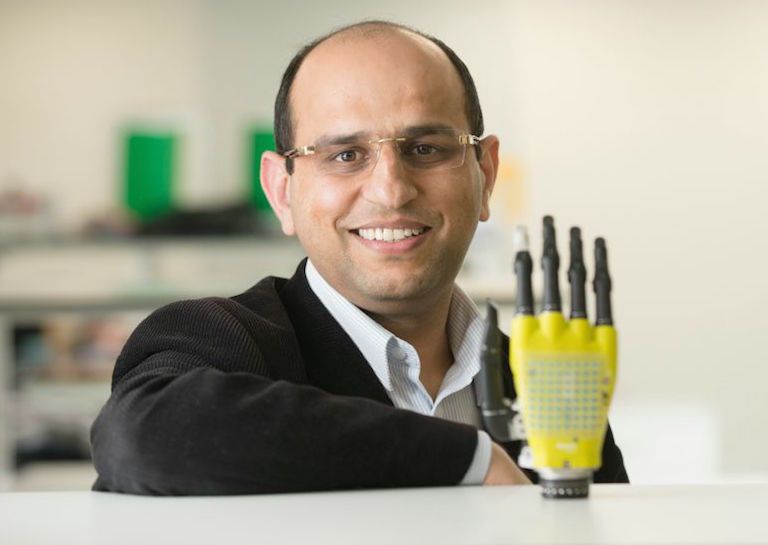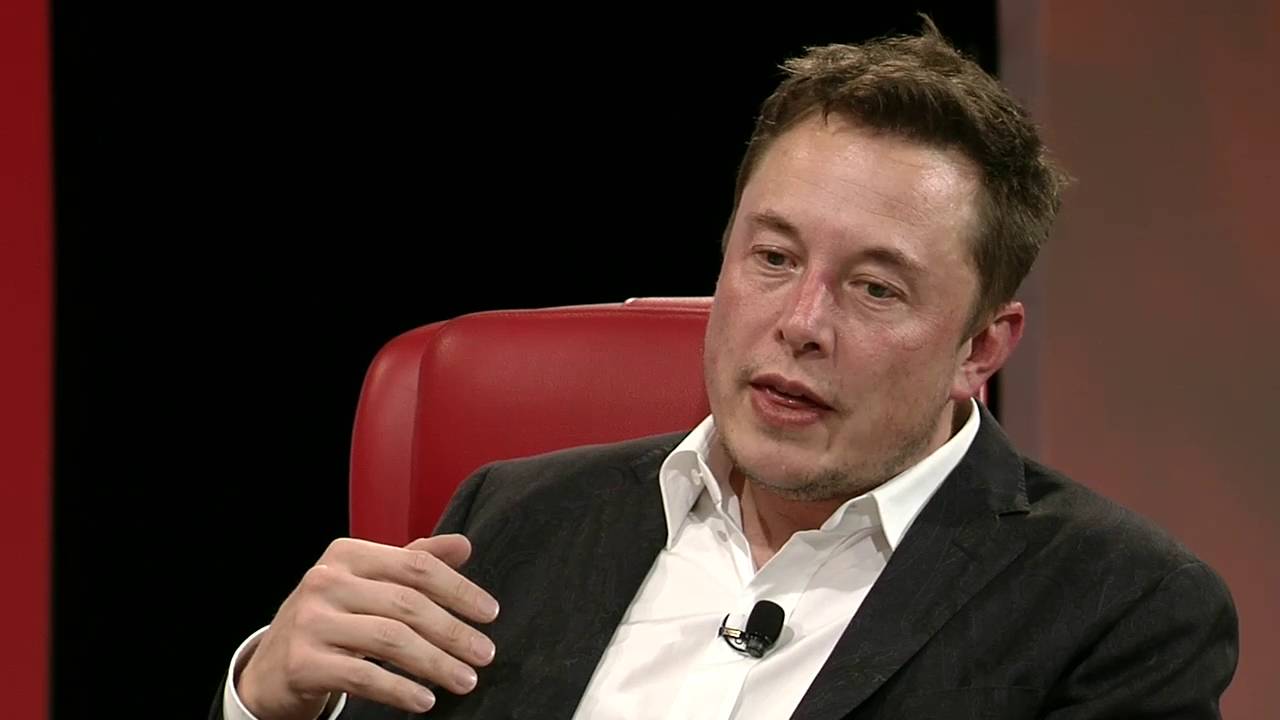Mar 28, 2017
Trump to unveil new White House office led by Jared Kushner
Posted by Derick Lee in categories: business, Elon Musk, government, law
The innovation office has a particular focus on technology and data, and it is working with such titans as Apple chief executive Tim Cook, Microsoft founder Bill Gates, Salesforce chief executive Marc Benioff, and Tesla founder and chief executive Elon Musk. The group has already hosted sessions with more than 100 such leaders and government officials.
The Office of American Innovation aims to overhaul government functions using ideas from the business sector. The president’s son-in-law will lead the Office of American Innovation, which wants to overhaul government by using ideas from the business sector.

















